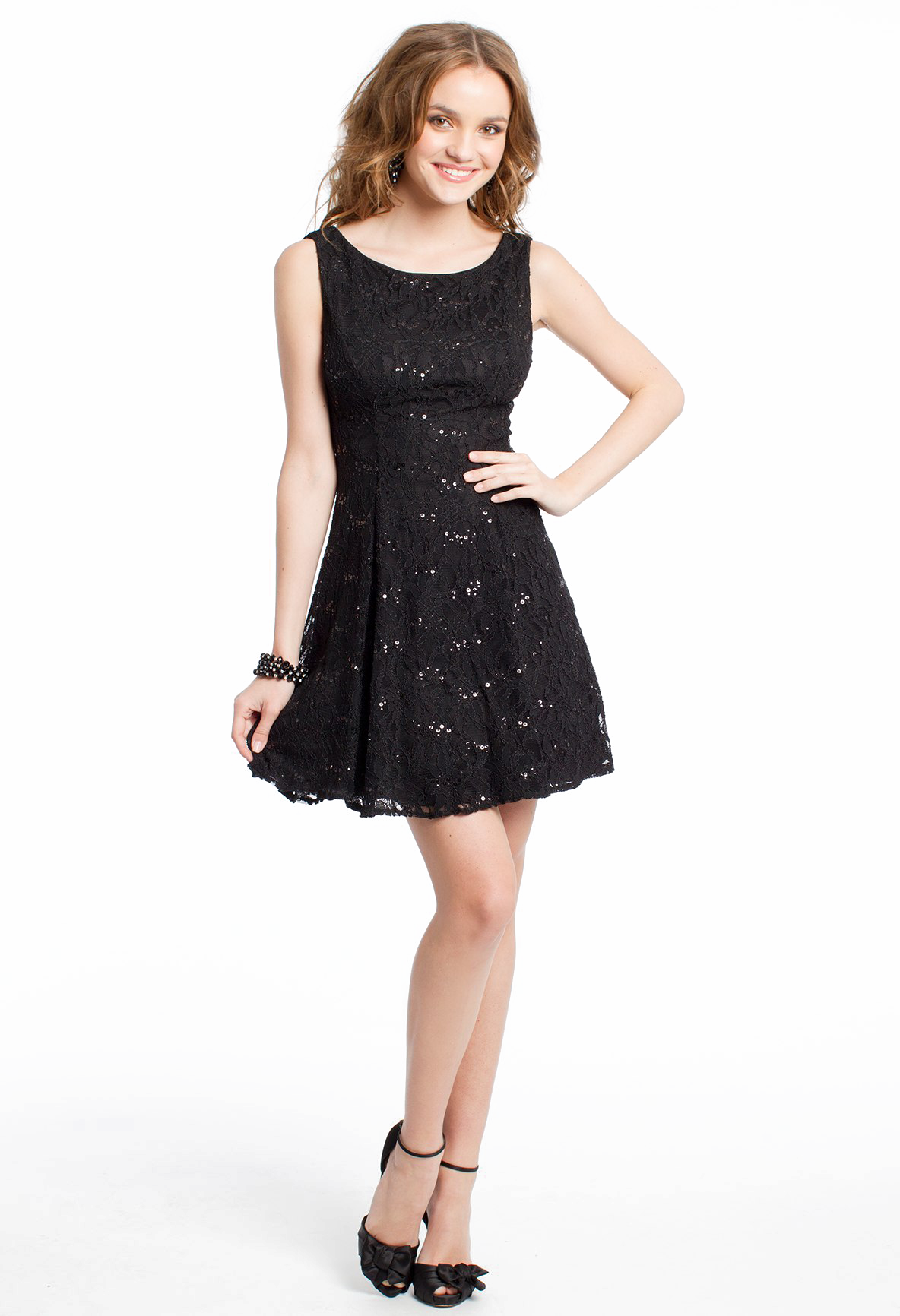A Look Through the Lens: Exploring the Allure of Transparent Dresses in Celebrity Fashion
Related Articles: A Look Through the Lens: Exploring the Allure of Transparent Dresses in Celebrity Fashion
Introduction
With great pleasure, we will explore the intriguing topic related to A Look Through the Lens: Exploring the Allure of Transparent Dresses in Celebrity Fashion. Let’s weave interesting information and offer fresh perspectives to the readers.
Table of Content
A Look Through the Lens: Exploring the Allure of Transparent Dresses in Celebrity Fashion

Transparent garments, particularly dresses, have captivated the fashion world for decades, offering a unique blend of audacity and allure. Celebrities, as arbiters of style, have embraced this trend with enthusiasm, frequently stepping onto red carpets and public events draped in sheer fabrics. This article delves into the multifaceted significance of transparent dresses in celebrity fashion, examining its evolution, impact, and the intricate interplay between design, body, and societal perceptions.
The Evolution of Transparency in Fashion
The concept of transparency in clothing is not new. Throughout history, various cultures have utilized sheer fabrics for diverse purposes, from religious attire to practical garments. However, the emergence of transparent dresses as a bold fashion statement can be traced back to the 1920s, fueled by the burgeoning flapper movement and its emphasis on liberation and modernity. The flapper dress, often characterized by its loose, flowing silhouette and revealing hems, ushered in an era of sartorial experimentation, paving the way for the integration of transparency into mainstream fashion.
Post-World War II, the rise of haute couture houses like Dior and Balenciaga further propelled the use of transparent fabrics. Designers like Christian Dior, known for his iconic New Look, incorporated sheer materials into his creations, showcasing the female form in a new light. The 1960s saw the emergence of the "mod" style, characterized by geometric patterns, bold colors, and the use of synthetic fabrics, including transparent materials like vinyl and PVC.
The late 20th century witnessed a resurgence of transparent dresses, with designers like Gianni Versace and John Galliano embracing the daring aesthetic. The 1990s, in particular, saw a rise in the popularity of slip dresses, often made from sheer fabrics, contributing to a more relaxed and sensual approach to fashion.
Celebrities and the Transparent Dress: A Platform for Expression and Controversy
Celebrities, with their immense influence and access to the world’s most prestigious designers, have been instrumental in popularizing transparent dresses. From iconic moments like Marilyn Monroe’s shimmering gown at the 1954 premiere of "The Seven Year Itch" to Rihanna’s daring crystal-embellished dress at the 2014 Met Gala, transparent dresses have become synonymous with celebrity style.
These garments offer a platform for celebrities to express their individual style, showcase their bodies, and make a statement. The choice of fabric, embellishments, and the degree of transparency all contribute to the overall message conveyed. For some, it’s a way to exude confidence and sensuality, while others use it to challenge traditional notions of modesty and beauty standards.
However, the use of transparent dresses in celebrity fashion has also sparked controversy. Some argue that the focus on revealing the body perpetuates objectification and reinforces unrealistic beauty standards. Others criticize the often-overtly sexualized imagery associated with these garments, particularly when worn by young celebrities.
Design and Aesthetics: The Art of Transparency
The allure of transparent dresses lies in the interplay of design and aesthetics. The sheer fabric allows for a glimpse of the body beneath, creating a sense of mystery and intrigue. Designers utilize various techniques to elevate the aesthetic appeal of transparent dresses, including:
- Layered fabrics: Combining sheer fabrics with opaque layers adds depth and complexity to the design. This technique allows for the strategic revelation of skin, creating a balance between modesty and sensuality.
- Embellishments: Beads, sequins, crystals, and embroidery add texture, shimmer, and visual interest to transparent fabrics. These embellishments can be used to accentuate specific areas of the body or create a dramatic statement.
- Silhouettes: The silhouette of a transparent dress is crucial in determining its overall impact. Flowing, ethereal designs evoke a sense of femininity and grace, while form-fitting silhouettes accentuate the body’s curves.
The Social and Cultural Significance of Transparency
Transparent dresses, beyond their aesthetic appeal, reflect broader societal and cultural shifts. The increasing acceptance of body positivity and diversity has led to a more inclusive approach to fashion, where the focus is on celebrating individuality rather than adhering to rigid beauty standards. Celebrities, by embracing transparent dresses, contribute to this shift by challenging conventional notions of modesty and beauty.
Furthermore, the rise of social media has amplified the impact of celebrity fashion. Images of celebrities wearing transparent dresses are widely shared and discussed, sparking conversations about body image, self-expression, and the role of fashion in society.
FAQs Regarding Transparent Dresses Worn by Celebrities
-
What are the most common fabrics used for transparent dresses?
- Common fabrics include tulle, chiffon, lace, silk organza, and mesh.
-
What are some of the most iconic transparent dress moments in celebrity fashion?
- Marilyn Monroe’s white dress in "The Seven Year Itch," Lady Gaga’s meat dress at the 2010 MTV Video Music Awards, Rihanna’s crystal-embellished dress at the 2014 Met Gala, and Beyoncé’s sheer gown at the 2017 Grammy Awards are just a few examples.
-
Are transparent dresses appropriate for all occasions?
- The appropriateness of a transparent dress depends on the specific occasion and context. While they can be stunning for red carpet events, they may be deemed too revealing for more formal or conservative settings.
-
What are some tips for wearing a transparent dress?
- Choose a dress that flatters your body shape and personal style. Consider layering with opaque pieces, such as a slip dress or a bralette, for added coverage and comfort. Accessorize strategically, using jewelry, shoes, and a clutch to complete the look.
-
What are some of the criticisms associated with transparent dresses?
- Critics argue that transparent dresses can perpetuate objectification, reinforce unrealistic beauty standards, and contribute to a culture of sexualization.
Conclusion
Transparent dresses, worn by celebrities, represent a fascinating intersection of fashion, design, and societal values. These garments, with their ability to reveal and conceal, have become a powerful tool for self-expression, challenging traditional notions of beauty and modesty. While they continue to spark debates about body image and cultural expectations, transparent dresses remain a captivating element in the ever-evolving world of celebrity fashion, reflecting the complexities of our contemporary society and the ongoing dialogue around the body, beauty, and individuality.

![]()


![]()



Closure
Thus, we hope this article has provided valuable insights into A Look Through the Lens: Exploring the Allure of Transparent Dresses in Celebrity Fashion. We appreciate your attention to our article. See you in our next article!